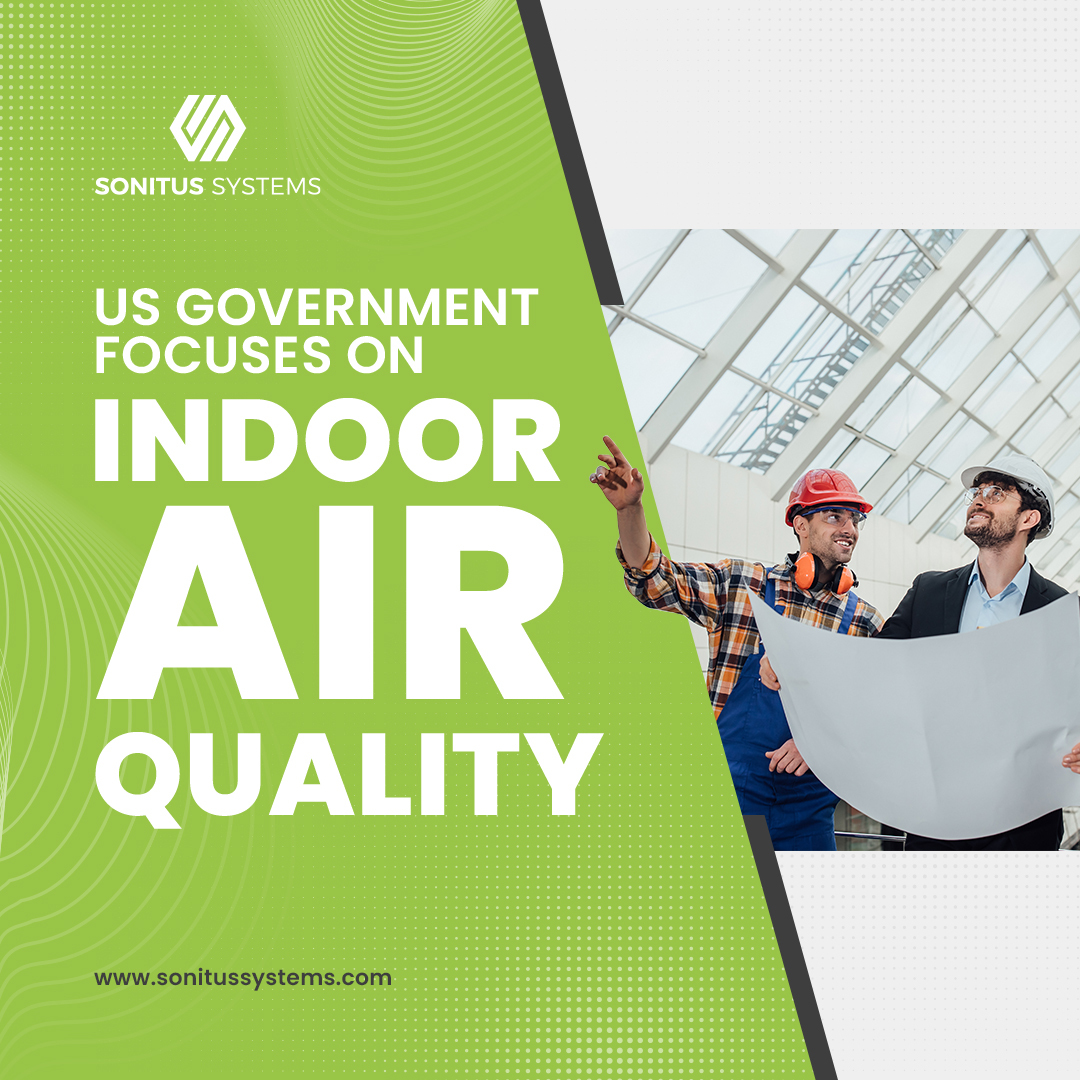“It is time for a national conversation on how better indoor air quality can help us all live healthier lives”
More than two years on from the outbreak of Covid-19, business and world leaders are navigating the fine line between protecting their people, and getting back to business. As the pandemic moves into a new phase, we are learning to live safely alongside Covid. While the virus has not gone away – in fact, omicron subvariant BA.2 has been described as one of the most transmissible strains to date – most countries, including Ireland, have seen a lessening of precautions.
Stateside, the US Government has emphasized the importance of indoor air quality as an important step towards mitigating the ongoing risk of indoor aerosol transmission. The $1.9 trillion American Rescue Plan announced by the President last year provided for $122 billion for schools and $350 billion for state, local, and Tribal governments. This funding can be used for upgrading and carrying out improvements in ventilation, filtration and clean air within buildings. Earlier this week, the administration brought public health, social science and engineering experts together with journalists for an event titled ‘Let’s Clear The Air On COVID’. Full details were shared in a blog post on the official White House website, wherein the chief of the Office of Science and Technology Policy, Alondra Nelson, declared that “Scientific and public health evidence supports practical, actionable solutions for cleaner indoor air. It is time for a national conversation on how better indoor air quality can help us all live healthier lives”. You can read the article in full here: https://www.whitehouse.gov/ostp/news-updates/2022/03/23/lets-clear-the-air-on-covid/
Clean Air in Buildings Challenge
The U.S. federal health authorities have been criticised for being too slow in the early days of the pandemic to identify airborne transmission of the virus. The Clean Air in Buildings Challenge initiative was welcomed as “really a big deal” by William Bahnfleth, who is a professor of architectural engineering at Pennsylvania State University and head of the Epidemic Task Force at the American Society of Heating, Refrigerating and Air-Conditioning Engineers. He is quoted in the New York Times as saying that the pandemic had given momentum to the long-overdue drive to improve the country’s “mediocre” air quality standards for buildings, noting that the existing standards had failed to protect people from coronavirus infections. [source:https://www.nytimes.com/2022/03/28/us/politics/the-white-house-emphasizes-the-importance-of-indoor-air-quality-as-the-pandemic-moves-into-a-new-phase.html]
As part of this initiative, the Environmental Protection Agency issued a guidance document to building managers, contractors and business owners, outlining best practices on ventilation, air filtration and air disinfection. The guidance also provided pages of recommendations from academic experts and federal agencies.
Dr. Nelson went further to say that, post-pandemic, improving indoor air has longer term benefits that will lead to better health outcomes for building occupants, including reducing the risk of spreading the flu, a common cold, or any number of other diseases spread by air.
Sonitus Systems offers both the hardware and software for a range of environmental parameters on a continual basis, with real-time information available through our Sonitus Cloud dashboard. For more details on our indoor and outdoor noise and air quality monitoring products and services, please contact the team at Sonitus Systems.
